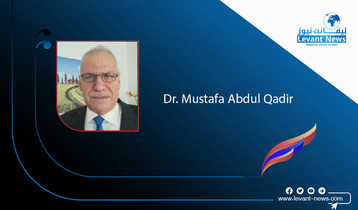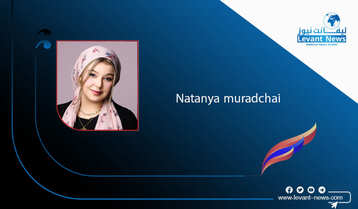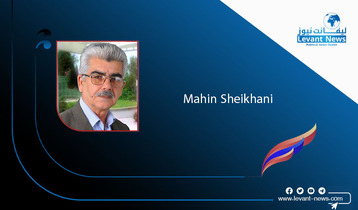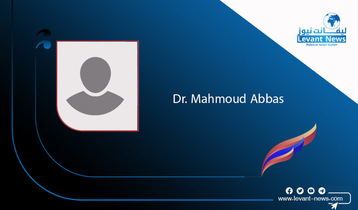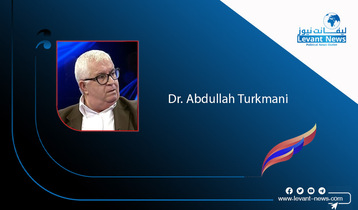-
Is the death of Mahsa Amini a turning point for Iran?

The Iranian government attracted unusual international and particularly western attention last week with news of the death of a 22-year-old Kurdish woman called Mahsa Amini who was arrested by the Morality Police, known as Gasht-e Ershad.
On September 16, the police detained Amini in the capital, who they claim suffered heart failure, dying comatose two days later. Bruises on her legs and face suggested that she was beaten, despite denials. Her arrest and death inspired a wave of protests in Iran, including at Tehran University and Kasra Hospital, where she died.
And not only in Iran. The timing was very damaging for the Tehran government, with President Ibrahim Raisi at the United Nations General Assembly, where the death of Amini generated international headlines which focused on human rights abuses in the Islamic Republic.
Gasht-e-Ershad's activities were reduced under former President Hassan Rouhani, who had spoken against them on multiple occasions. But the Morality Police have upped their activities under Raisi, who seems far more willing to toe the clergy line. Raisi signed a decree on 15 August clamping down on women’s dress and stipulating harsher punishments for violating the strict code, both in public and online.
Raisi foolishly refused to be interviewed by the veteran British-Iranian CNN journalist Christiana Amanpour unless she wore a hijab, reflecting the overall hardline approach of the Tehran regime. Amanpour said she “politely declined” the request, explaining that “we are in New York, where there is no law or tradition regarding headscarves”. She added that no other Iranian president has required that she wear a headscarf when she interviewed them outside Iran. Raisi also complained about western “double standards”.
In 1979, the leader of the revolution, Ayatollah Ruhollah Khomeini, decreed that hijabs would be mandatory for all women in their workplaces and that he considered uncovered women to be "naked”. But times change: an independent survey in 2020 found that 72% of Iranians oppose compulsory hijabs.
Amini was detained for allegedly wearing a hijab in an “improper” way. Activists said the woman, whose Kurdish first name was Jhina, had suffered a fatal blow to the head, a claim denied by officials, who announced an investigation. Police continue to maintain that she died of natural causes, but her family suspect that she was subjected to beating and torture.
In response to her death, the US placed Iran’s Morality Police on its sanctions blacklist. The US Treasury said the police were “responsible” for Amini’s death as it announced the sanctions “for abuse and violence against Iranian women and the violation of the rights of peaceful Iranian protesters”. That move only adds to the tension between Washington and Tehran, already fueled by Iran’s failure to revive the 2015 nuclear deal and the accompanying American sanctions.
In southern Iran, video footage showed demonstrators setting fire to a gigantic picture on the side of a building of General Qassem Soleimani, the revered Revolutionary Guards commander, who was killed in a 2020 US strike in Iraq when Donald Trump was in the White House.
Demonstrators hurled stones at security forces, set fire to police vehicles and bins and chanted anti-government slogans, the official IRNA news agency reported. Amnesty International said it had recorded the deaths of eight people – six men, one woman and a child – with four shot by security forces at close range with metal pellets. The protests are the most serious in Iran since November 2019 unrest over fuel price rises. On Saturday the government announced that over 700 people had been arrested.
But state repression consists of far more. Iran has shut off the internet in parts of Tehran and Kurdistan, and blocked access to platforms such as Instagram and WhatsApp, in an effort to curb a growing protest movement that has relied on social media to document dissent.
“The internet shutdowns must be understood as an extension of the violence and repression that is happening in physical space,” said Azadeh Akbari, a researcher of cybersurveillance at a Dutch university. “Social media is existential to the mobilisation of protesters, not only to coordinate gatherings but also to amplify acts of resistance.” Non-state media reported over the weekend that 57 people had been killed.
“Women, life, freedom”, the words which could be heard at Amini’s funeral, have been repeated by protesters across the country, including in a video which shows young women burning their hijabs while men fight off security forces. The video has received over 30,000 views on Twitter.
Iran’s hardliners have learned lessons from 2009, when the death of Nega Agha Soltan inspired many when an extensive uprising nearly escaped the state’s control. The country now has some of the best and most pervasive digital security in the Middle East and a firm hold over communities it has terrified into silence. The regime combines violent old-fashioned forms of totalitarian control dressed up in new technologies.
It is too early to say whether Amini’s death will become another seminal event in the pursuit of freedom, justice and accountability by many ordinary Iranians; or an ember that eventually cools because of successful, brutal and familiar state repression.

BY: IAN BLACK
You May Also Like
Popular Posts
Caricature
BENEFIT Sponsors BuildHer...
- April 23, 2025
BENEFIT, the Kingdom’s innovator and leading company in Fintech and electronic financial transactions service, has sponsored the BuildHer CityHack 2025 Hackathon, a two-day event spearheaded by the College of Engineering and Technology at the Royal University for Women (RUW).
Aimed at secondary school students, the event brought together a distinguished group of academic professionals and technology experts to mentor and inspire young participants.
More than 100 high school students from across the Kingdom of Bahrain took part in the hackathon, which featured an intensive programme of training workshops and hands-on sessions. These activities were tailored to enhance participants’ critical thinking, collaborative problem-solving, and team-building capabilities, while also encouraging the development of practical and sustainable solutions to contemporary challenges using modern technological tools.
BENEFIT’s Chief Executive Mr. Abdulwahed AlJanahi, commented: “Our support for this educational hackathon reflects our long-term strategic vision to nurture the talents of emerging national youth and empower the next generation of accomplished female leaders in technology. By fostering creativity and innovation, we aim to contribute meaningfully to Bahrain’s comprehensive development goals and align with the aspirations outlined in the Kingdom’s Vision 2030—an ambition in which BENEFIT plays a central role.”
Professor Riyadh Yousif Hamzah, President of the Royal University for Women, commented: “This initiative reflects our commitment to advancing women in STEM fields. We're cultivating a generation of creative, solution-driven female leaders who will drive national development. Our partnership with BENEFIT exemplifies the powerful synergy between academia and private sector in supporting educational innovation.”
Hanan Abdulla Hasan, Senior Manager, PR & Communication at BENEFIT, said: “We are honoured to collaborate with RUW in supporting this remarkable technology-focused event. It highlights our commitment to social responsibility, and our ongoing efforts to enhance the digital and innovation capabilities of young Bahraini women and foster their ability to harness technological tools in the service of a smarter, more sustainable future.”
For his part, Dr. Humam ElAgha, Acting Dean of the College of Engineering and Technology at the University, said: “BuildHer CityHack 2025 embodies our hands-on approach to education. By tackling real-world problems through creative thinking and sustainable solutions, we're preparing women to thrive in the knowledge economy – a cornerstone of the University's vision.”
opinion
Report
ads
Newsletter
Subscribe to our mailing list to get the new updates!

